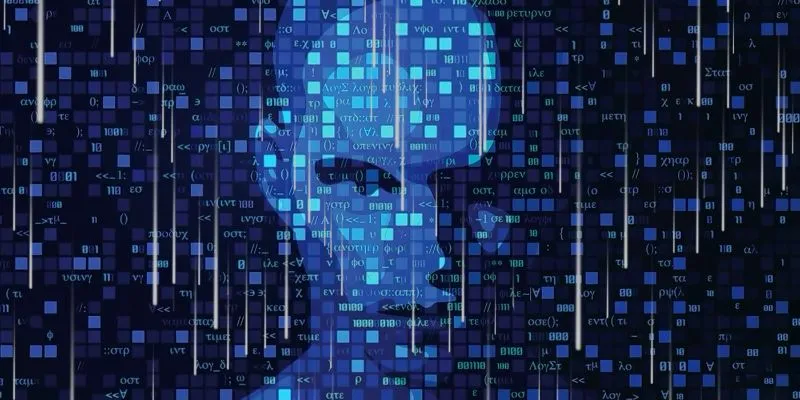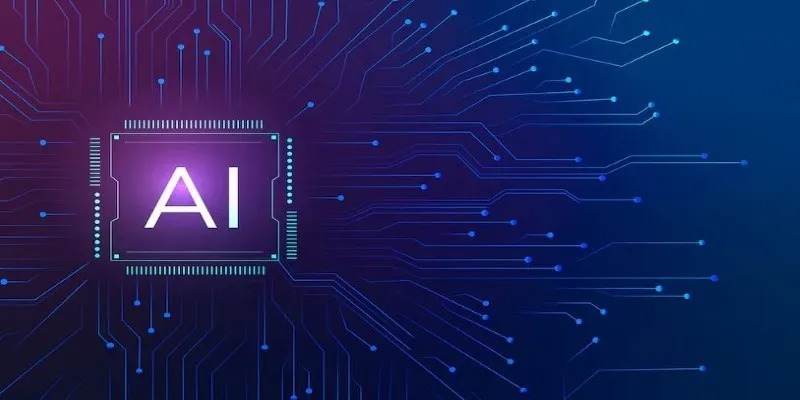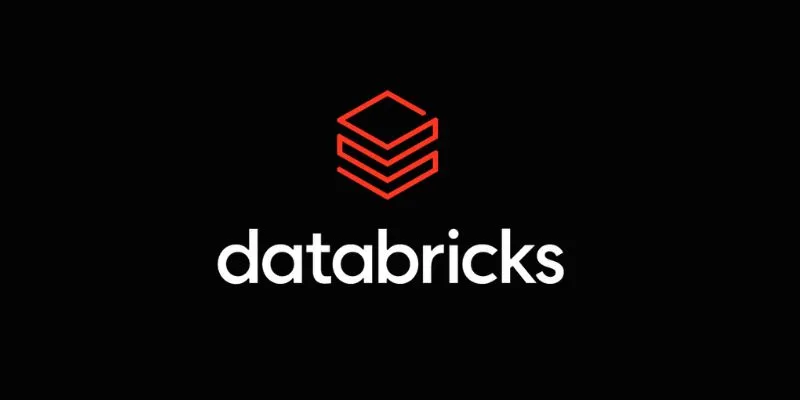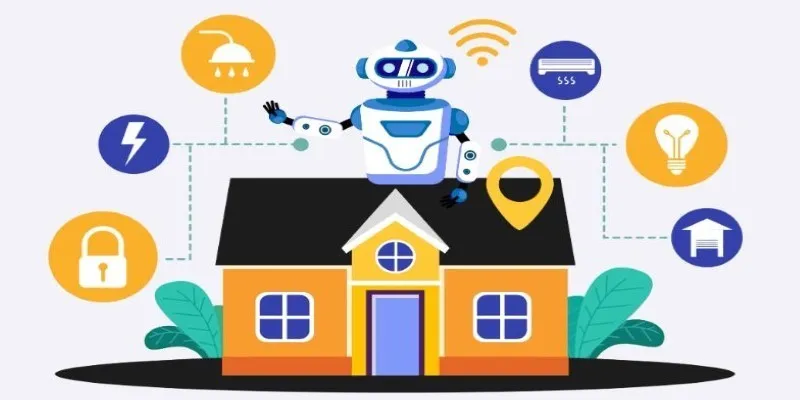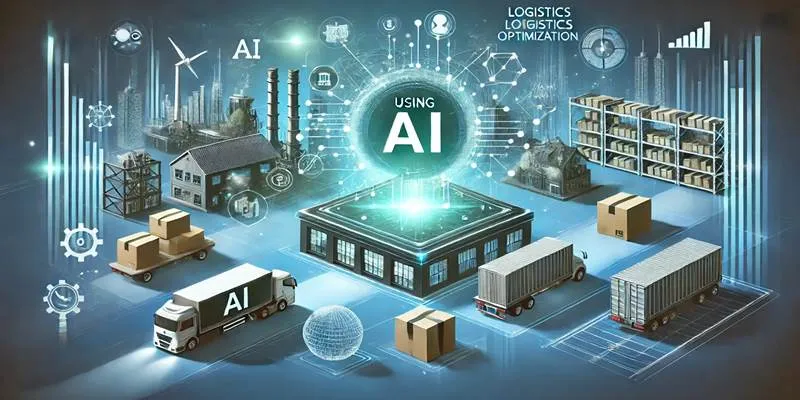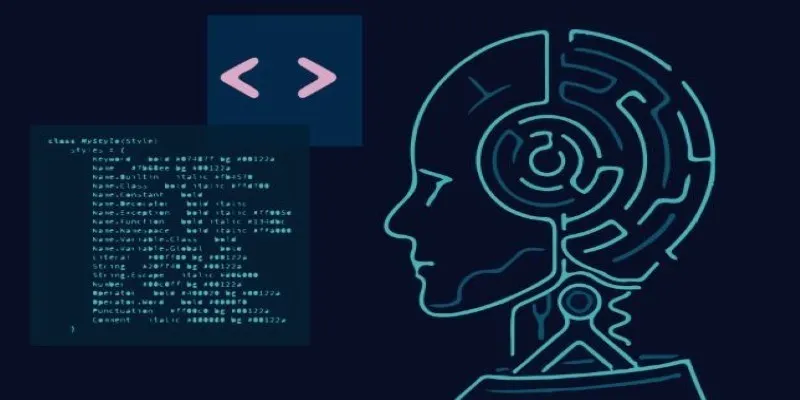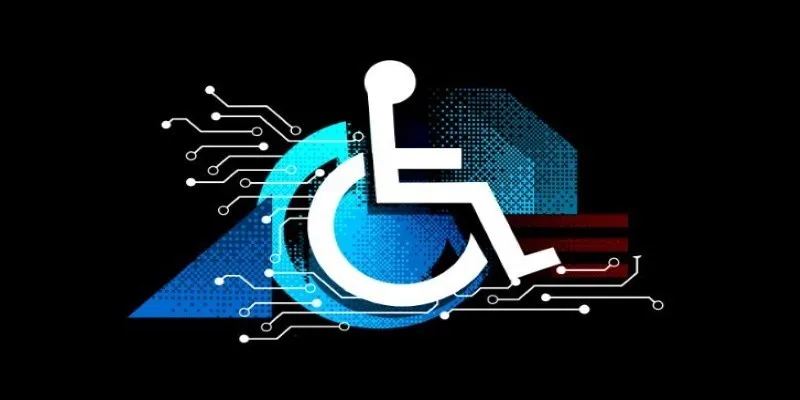Artificial Intelligence (AI) is no longer a futuristic concept—it is an integral part of the modern world. From digital assistants to predictive analytics, AI plays a significant role in shaping industries, services, and even individual lifestyles. Despite its widespread presence, the field of AI is far from uniform. One of the most important distinctions within it lies between Strong AI and Weak AI. These two categories represent fundamentally different approaches, capabilities, and aspirations within the domain of intelligent systems.
Understanding the differences between Strong AI and Weak AI is essential for grasping the current state of AI technologies, predicting their future trajectories, and navigating the ethical implications that come with their development. This post explores these differences in depth, focusing on their definitions, technical structure, real-world applications, and broader societal impact.
Defining the Two Types of AI
AI is divided into “strong” and “weak” categories to help distinguish them based on their cognitive capabilities. The terms don’t describe efficacy in job performance but rather the range and depth of intelligence each type indicates.
Narrow AI, another name for weak AI, is crafted for specific tasks. These systems excel in their specialized domains, like language translation, face recognition, or playing games like chess. However, they lack consciousness or genuine understanding. They operate on algorithms and statistical models that mimic intelligent behavior but do not exhibit true reasoning or awareness.
Strong AI, also known as Artificial General Intelligence (AGI), represents a hypothetical form of AI that would possess the full range of human cognitive abilities. A Strong AI system would be capable of learning, understanding context, reasoning, and even experiencing emotions or forming beliefs. Unlike Weak AI, which is task-specific, Strong AI would perform any intellectual task a human can without requiring constant reprogramming or retraining.
Major Differences Between Strong AI and Weak AI

To clearly distinguish the two categories, it’s important to understand how they differ in purpose, design, and capacity. These differences help define their practical applications and long-term implications for artificial intelligence as a whole.
1. Scope of Application
Weak AI is task-specific. It performs well within the scope it is trained for but fails when asked to do anything beyond that. For instance, a translation model cannot perform image recognition unless it’s explicitly trained to do so. It operates within a narrow framework, meaning it cannot adapt when placed in unfamiliar or multi-domain environments.
Strong AI, in theory, would be task-flexible. It would apply logic and reasoning to a wide variety of tasks, including ones it has never encountered before. It would learn dynamically from experience, much like a human. Its potential lies in the ability to solve problems holistically, adapting across different disciplines without needing to be reprogrammed.
2. Consciousness and Self-Awareness
Weak AI is unconscious. It does not know that it is performing a task. It processes input and returns output based solely on pre-learned patterns and programming. It lacks any internal understanding of purpose, identity, or consequence, making its actions mechanical and devoid of insight.
Strong AI would require some level of self-awareness. It would understand not just the task at hand, but also the broader context in which it operates. It would be capable of introspection and understanding emotions—both its own (if simulated) and others’. This awareness would allow it to make informed decisions and interpret complex emotional and ethical situations.
3. Learning Capabilities
Weak AI learns within rigid boundaries. It requires specific data, labeled training sets, and clearly defined objectives. It cannot apply knowledge from one domain to another. Its improvements are often limited to iterations on the same task, making generalization difficult or impossible.
Strong AI would feature general learning. It would make sense of unfamiliar situations and transfer knowledge across domains. It would demonstrate cognitive flexibility and independent learning ability without being explicitly retrained. Such adaptability would allow it to function effectively in unpredictable or novel environments.
4. Decision-Making
Weak AI decisions are based on pre-fed logic or probabilistic outcomes from large datasets. It doesn’t weigh moral, ethical, or contextual factors independently. The system lacks judgment and acts solely on learned patterns, without awareness of potential human impact.
Strong AI would be expected to reason ethically, solve problems creatively, and understand the consequences of its actions—especially in human-centric environments. Its decisions would ideally be shaped by values, empathy, and context, mimicking the depth of human moral reasoning.
5. Existence and Availability
Weak AI already exists and is being actively deployed. It is embedded in smart devices, apps, and cloud systems across the globe. Its effectiveness in real- world use cases proves that narrow AI is already reshaping industries from healthcare to retail.
Strong AI, by contrast, does not yet exist in practical form. It remains a long-term research goal in AI development and is a subject of debate among scientists, technologists, and ethicists. While many believe it’s achievable, there is no consensus on when—or even if—it will be realized.
6. Goal Orientation and Autonomy

Weak AI operates with a specific, human-defined goal. It is engineered to complete tasks such as sorting data, identifying patterns, or recommending content, always within the confines of its programming. Its behavior is entirely reactive, relying on external input to function.
Strong AI, on the other hand, would be capable of forming goals independently. It would not only follow commands but also initiate actions based on internal reasoning, objectives, or long-term strategies. This level of autonomy would allow it to operate proactively rather than just reactively.
Conclusion
The distinction between Strong AI and Weak AI is more than a technical classification—it reflects two fundamentally different visions for the future of artificial intelligence. Weak AI is here and transforming industries, performing repetitive or complex tasks with increasing sophistication. Strong AI, on the other hand, represents an ambitious aspiration to create machines that think, feel, and understand as humans do. Understanding these differences is essential for anyone involved in technology, policy-making, or ethics.
 zfn9
zfn9
